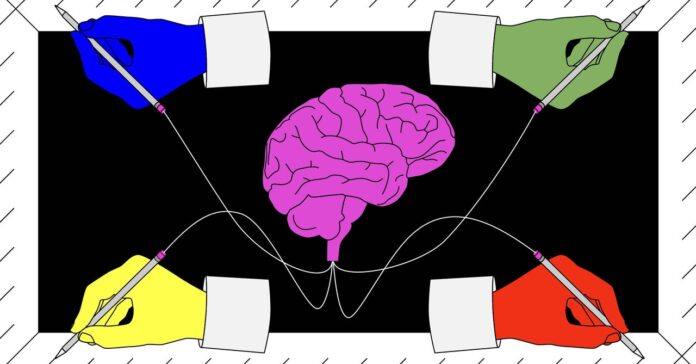In Short:
Teams of volunteers are searching for Asian hornets in the UK, but the real challenge is finding and destroying their nests. AI-camera bait stations developed by Pollenize aim to automate this process. These invasive hornets can easily hitch a ride from mainland Europe on southeasterly winds and can build nests as large as dustbins. They weaken native bees and trigger defensive behaviors. In Jersey, a public campaign encourages reporting and bait station construction to track hornets back to their nests.
Volunteers Tracking Asian Hornets in the UK
Teams of volunteers are actively working to track and eradicate Asian hornets that have been spotted on British soil, according to Elmes. However, the real challenge lies in locating and eliminating the hornet nests. To streamline this process, Pollenize has initiated a new project – a network of AI-camera bait stations designed to detect and monitor Asian hornets.
The Spread and Threat of Asian Hornets
Alastair Christie, an invasive species expert from Jersey, warns that a simple breeze from the southeast could transport Asian hornets across the water to the UK. These hornets are known to hibernate in various hidden spots or even hitch rides in vehicles. Starting from humble beginnings in April, a hornet nest can quickly grow to the size of a dustbin by September, accommodating around 2,500 hornets.
Beekeeper Shelley Glasspool tends to a hive on the roof of the Marine Biological Association in Plymouth.Photograph: Chris Parkes
Asian hornets are known to be “opportunistic feeders” and can prey on bees, blowflies, fishing bait, and even barbecue food. Their presence can disrupt native bee populations by causing “foraging paralysis.” This defensive behavior can lead to a breakdown in bee colony activities, ultimately resulting in colony collapse.
Fighting Back Invading Hornets
Christie, leading the fight against Asian hornets in Jersey, has initiated a public awareness campaign urging people to report any sightings of the hornets. These hornets can be identified by their distinct features like orange faces, yellow-tipped legs, and large size. Volunteers are actively setting up bait stations to attract and track these hornets back to their nests. Every minute an Asian hornet spends away from a bait station between feeding visits equates to approximately 100 meters of distance from the nest.





